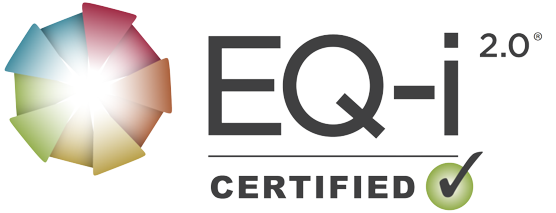
Need leaders who understand the big picture of your organization, work well in cross-functional teams, and readily rise to any challenge? Stop spinning your wheels—and start rotating your talent.
Early in my career as a mechanical engineer, I took a risk. I left a fairly comfortable position with potential promotions and salary increases to accept a position in a rotational development program.
To me, the risk was worth it. This program presented an opportunity to cross-train with other departments, contribute to diverse projects and teams, and understand how the company worked both inside and outside my original area of expertise. It would also offer exposure to different leaders and leadership styles. And, most importantly, while I had yet to see it, it would be a catalyst for my success as a leader.
And that’s exactly what it was.
I didn’t realize how far ahead of the curve my company was at the time. It was years into my career with other organizations that I witnessed the downsides of department siloes and single-track development. Without rotational movement, innovation and growth was slow by comparison, a function of the fact that team members looked, sounded, and problem-solved in the same way from the same perspectives and experiences. To compound the stagnancy, there was resistance to new approaches, and change in general.
If your engineering organization is experiencing
- Workflow and project management inefficiencies
- Breakdowns in organizational communication
- Ineffective problem-solving
- Poor cross-functional collaboration
- A lack of cohesive workplace culture
starting a rotational development program is a sure-fire way to get your collective gears turning.
Here’s why it works.
New perspectives spark new ideas, connections, and solutions.
As employees rotate through their assigned teams and projects, they learn how different teams solve different problems while contributing their own insights, experiences, and expertise to the issues at hand.
Engineers exposed to other parts of the organization are better positioned to think creatively and tap into available resources to solve problems and create opportunities for greater efficiency. These fresh eyes significantly improve the company’s bottom line and competitive advantage—without needing to hire outside of the organization to bring in innovative approaches and fresh perspectives.
High-performing engineers seek new challenges and growth opportunities.
Engineers are lifelong learners and problem-solvers. By design, rotational programs allow them to gain experience, develop new skills, and grow as they learn in a variety of settings, teams, and projects. This experience makes them more versatile and valuable to the organization—while improving their job satisfaction and company loyalty.
These programs also competitively position companies for talent retention and for recruitment; companies with rotational development are more attractive to engineers looking for opportunities to diversify their experience and advance their careers.
A big-picture perspective creates big-picture thinking—and high-impact leadership.
With every new assignment, engineers add to their understanding of the organization—what it does, how it works together, and who contributes to its success.
Engineers who participate in rotational programs build resilient relationships with colleagues in different departments and on different platforms. Even virtual teams can benefit from cross-functional exposure, especially as it can lead to enhanced communication, improved project management, and smarter, faster decision-making that benefits the organization as a whole.
Rotational exposure builds a culture of trust and performance.
Where siloed departments lead to groupthink, reluctant change, and stagnant growth, rotational exposure creates a connected ecosystem of cross-functional collaboration and leadership development. This intentional flow of people and information creates a thriving culture of engagement, ownership, and productivity.
When a large number of employees engage, respect, and appreciate the strengths and attributes of their engineering counterparts, the entire company thrives. As these engineers are further developed and promoted into managerial or leadership roles, they can hit the ground running with teams who will happily match them step for step.
When combined with experiential development, immersive engagement, and collaborative learning, a rotational exposure program puts engineers on the path to leadership success—and companies on the fast-track for exponential growth.
At Minett Consulting, we help companies transform high-performance engineers into high-impact leaders through real-world, hands-on, on-site leadership development. We build on your existing systems to empower, equip, and effectively retain and promote emerging leaders while creating a powerful flywheel of collaboration, immersive engagement, rotational exposure, and experiential development throughout your entire organization. Find out where your company should focus first —take the Engineers-to-Leaders Company Assessment.








